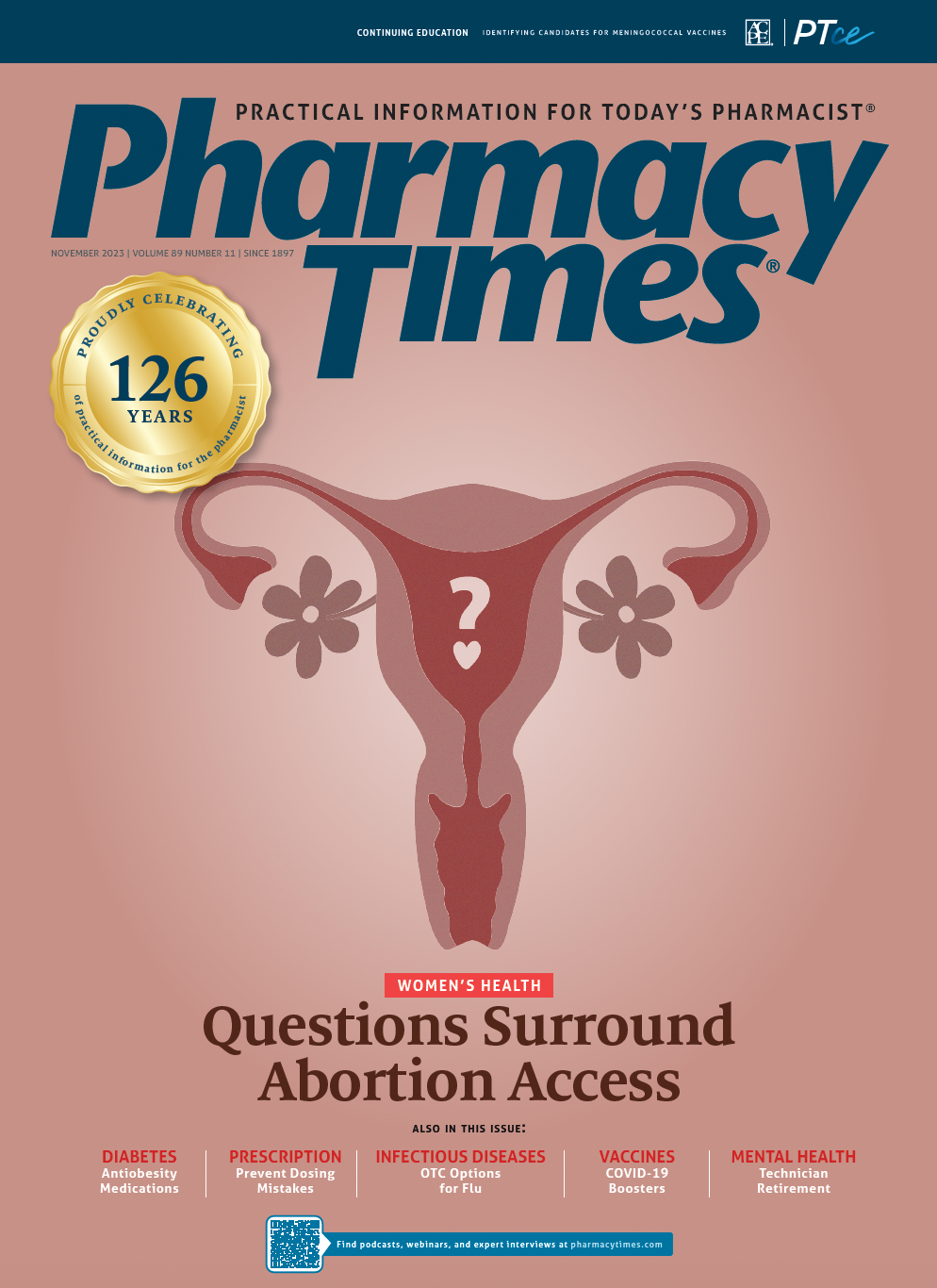Condition State Management: Substance Abuse
Clinicians Discuss Opioid Use in Patients With Cancer Who Use Cocaine, Methamphetamine
Clinicians managing cancer-related pain with opioids frequently encounter nonmedical stimulant use such as methamphetamine and cocaine; however, there are no guidelines in place to help clinicians navigate these situations. Recent study data published in Cancer identified expert consensus on different methods of opioid management involving nonmedical stimulants for patients with advanced cancer and pain related to cancer.
Image credit: Ankreative | stock.adobe.com

The study authors conducted 2 modified Delphi panels with a total of 120 palliative care addiction experts. Panel A included patients with short prognoses of weeks to months and panel B included patients with longer prognoses of months to years. The experts used a 9-point Likert scale from 1 (very inappropriate) to 9 (very appropriate) to explain responses. The study authors then applied a 3-step analytical approach outlined in the RAND/UCLA study to determine the consensus and level of clinical appropriateness.
The experts found that regardless of the prognosis, it was safe and appropriate for patients with advanced cancer who use methamphetamines or cocaine to continue opioid use while increasing clinical monitoring, without tapering off opioids. These management strategies prioritize pain control, allowing health care professionals more time to develop individualized harm-reduction approaches for patients. Buprenorphine/naloxone transition was deemed inappropriate for patients with a short prognosis, with undetermined appropriateness for patients with longer prognoses.—Gillian McGovern
Study: Individuals With Sustained, Increasing Opioid Use Were Older, Had More Comorbidities
Authors of new research data published in JAMA Network Open found that study participants with sustained or increasing opioid use over 5 years had more comorbidities and a higher use of psychotropic and other analgesic drugs prior to opioid initiation, and were initiated on stronger opioids.
The study examined a total population of 3,474,490 individuals who initiated a prescription for opioids between July 1, 2003, and December 31, 2018. Opioids included in the study were buprenorphine, codeine, dextropropoxyphene, fentanyl, hydromorphone, methadone, morphine, oxycodone, pethidine, tapentadol, and tramadol.
The results suggest that most individuals beginning treatment with prescription opioids had relatively low and time-limited exposure to opioids (92% of total participants) over a 5-year period.
Participants in the sustained use group were shown to have more comorbidities, including cancer; had increased health services contact, including hospital admissions; had a higher use of psychotropic and other analgesic drugs prior to opioid initiation; and were initiated on stronger opioids. However, the authors noted that this is probably due to a higher prevalenceof pain and treatment needs in these individuals.—Gillian McGovern
Perioperative Gabapentinoids May Reduce Opioid Use in Patients Undergoing Spine Surgery
Perioperative use of gabapentin and pregabalin can alleviate pain and reduce reliance on opioids in patients undergoing spine surgery, according to the results of a systematic review published in the Journal of the American Medical Association.
The primary outcome was pain intensity, measured using the Visual Analog Scale (VAS). Secondary outcomes included adverse events (AEs) such as nausea, vomiting, dizziness, and opioid consumption.
The VAS pain score outcome included 20 trials with 1427 total patients. All different doses of gabapentin and pregabalin had lower VAS scores than placebo, except for gabapentin 400 mg and 800 mg and pregabalin 75 mg. There was no significant difference between all various dosages of gabapentin and pregabalin.
In evaluating the opioid consumption outcome, 15 trials with 1070 patients were included. Head to-head comparisons showed that all different dosages of gabapentin and pregabalin had lower opioid consumption than placebo, except for gabapentin 300 mg and 800 mg and pregabalin 75 mg. Additionally, gabapentin 900 mg and 1200 mg led to lower opioid consumption than gabapentin 300 mg.
The investigators emphasized that a patient’s risk-benefit profile should always be evaluated before administration of gabapentinoids, but their study data showed no significant difference in the occurrence of AEs between different dosages.—Luke Halpern
References
(CW 1)
- Jones KF, Khodyakov D, Han BH, Arnold RM, et al. Expert consensus-based guidance on approaches to opioid management in individuals with advanced cancer-related pain and nonmedical stimulant use. Cancer. 2023; 10.1002/cncr.34921. doi:10.1002/cncr.34921
- How should clinicians prescribe opioids for cancer-related pain in patients who use cocaine or methamphetamines? News release. September 11, 2023. Accessed September 12, 2023. https://www.eurekalert.org/news-releases/1000380
(CW 2)
Gisev N, Buizen L, Hopkins RE, et al. Five-year trajectories of prescription opioid use. JAMA Netw Open. 2023;6(8):e2328159. doi:10.1001/jamanetworkopen.2023.28159
(CW 3)
Tsai SHL, Hu C, El Sammak S, et al. Different gabapentin and pregabalin dosages for perioperative pain control in patients undergoing spine surgery: a systematic review and network meta-analysis. JAMA Netw Open. 2023;6(8):e2328121. doi:10.1001/jamanetworkopen.2023.28121

